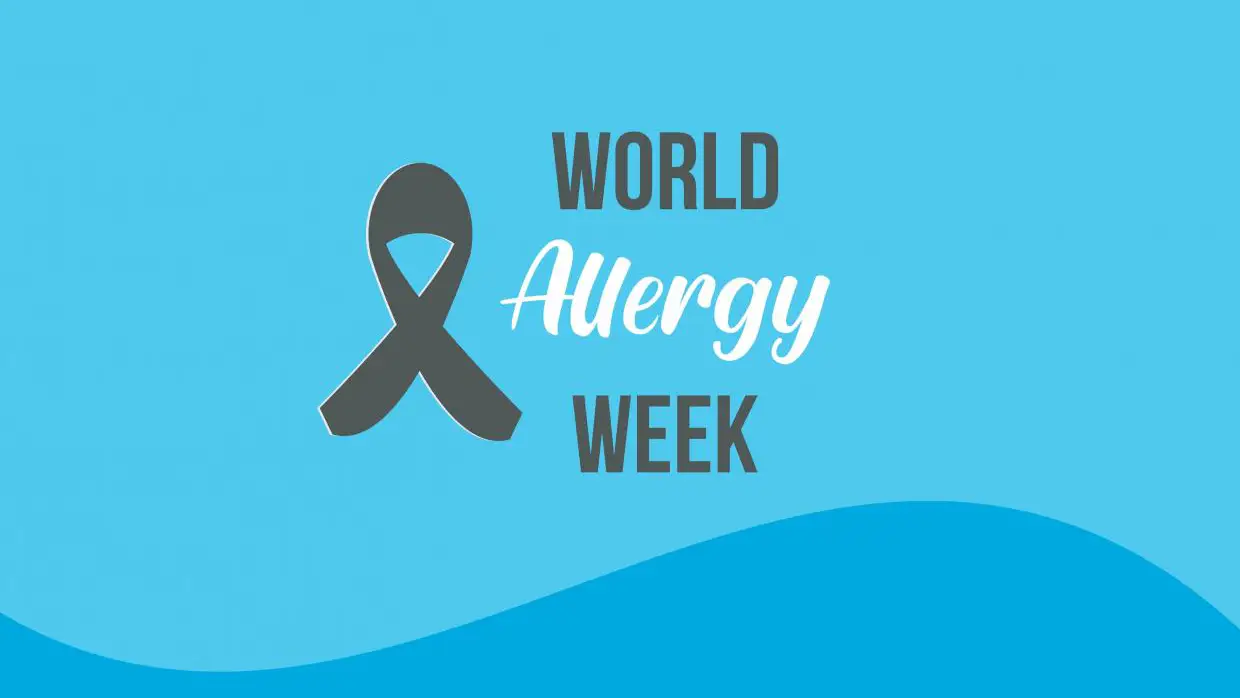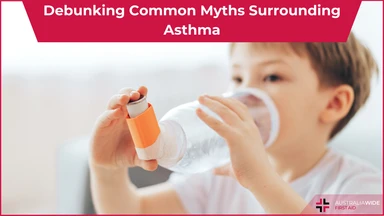World Allergy Week


World Allergy Week highlights the severity of Anaphylaxis.
Anaphylaxis is an acute, potentially life threatening hypersensitivity reaction involving the release of mediators from mast cells.
An anaphylaxis reaction is defined by a number of signs and symptoms, alone or in combination, which occur within minutes, or up to a few hours after exposure to the provoking agent.
An anaphylaxis reaction can be mild, moderate to severe, or severe. Most cases are mild but anaphylaxis has the potential to become life-threatening.
The reaction develops rapidly, usually reaching peak severity within 5 to 30 minutes and can, but very rarely, last up to several days.
The initial manifestation of anaphlyaxis may be loss of consciousness. In this instance, the symptoms and signs of anaphlyaxis are isolated to one organ system.
Anaphylaxis is usually a systematic event, so in the vast majority of patients, two or more systems are involved.
Oral: Swelling of the lips, tongue and palate.
Respiratory: Upper airway obstruction from swelling of the tongue, oropharynx or larynx, broncho-spasm, chest tightness, coughing, wheezing, rhinitis, sneezing, congestion, rhinorrhea.
Gastro-intestinal: abdominal pain, nausea, vomiting, diarrhoea.
Cardiovascular: faintness, hypertension, arrhythmias, hypovelmic shock, chest pain.
Other signs include:
Foods:
Food sensitivity can be so severe that a systematic reaction can occur from particle inhalation, such as the odours of cooked fish or the opening of a package of peanuts.
A severe allergy to pollen (ragweed, grass or tree pollen) can indicate that an individual may be susceptible to anaphlyaxis or to the oral allergy syndrome caused by eating certain plant-derived foods. This is due to the homologous allergens found between pollens and foods.
The main allergen of all grasses is profilin, which is pan-allergen, found in many plant, pollens and fruits. Grass-sensitive individuals can sometimes react to many plant-derived foods.
Antibiotics and Other Drugs: Penicillin is the most common cause of anaphylaxis, for whatever reason, not just drug induced cases. Serious reactions to penicillin occur about twice as frequently following intramuscular administration verses oral administration (but oral penicillin administration may also induce anaphlyaxis).
Insects: Hymenoptera venoms including those from a bee, wasp, yellow jacket, hornet, or fire ant contains enzymes such as phospholipases and hyaluronidases and other proteins which can elicit an IgE antibody response (also known as anaphlyaxis).
Latex: is a milky sap produced by a rubber tree Hevea Brasiliensis. Latex-related allergic reactions can complicate medical procedures including internal examinations and surgery.
Miscellaneous: Examples of miscellaneous agents which cause anaphylaxis include:
People with diagnosed allergies should avoid all trigger agents / confirmed allergens and have a readily accessible anaphylaxis action plan and medical alert device.
Whenever possible, this information should be sought and implemented provided it does not delay emergency treatment and seeking medical advice.
If allergic reaction or anaphylaxis has occurred from a insect bite or tick bite, immediately remove the sting or carefully remove the tick. More information about how to correctly remove paralysis ticks can be found in our Resource Library.
An injection of adrenaline is the first line drug treatment in life-threatening anaphylaxis.
People who are aware of their allergens or provoking agents should have prescribed medication including adrenaline in the form of an auto-injector.
If the victim is showing the signs and symptoms of anaphylaxis, the following steps should be followed:
For first aid training on Emergency treatment of Anaphylaxis, call Australia Wide First Aid on 07 3437 7500 and book a course today.

October 2, 2013
In an asthma or anaphylaxis emergency you should know the symptoms, remove triggers, and know how to respond. Read on to understand these important aspects in the context of such an emergency.

May 7, 2024
Asthma, a chronic respiratory condition affecting millions worldwide, is often shrouded in myths and misconceptions. Despite how common it is, there is a distinct lack of common knowledge. This is leading to potential mismanagement and unnecessary anxiety for those living with asthma.

February 19, 2024
For many Australians, our city and outdoor lifestyles come with a hidden challenge – dust allergies. Dust mites, pollen, and other airborne particles can trigger allergic reactions, affecting a significant portion of the population.